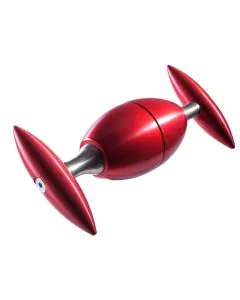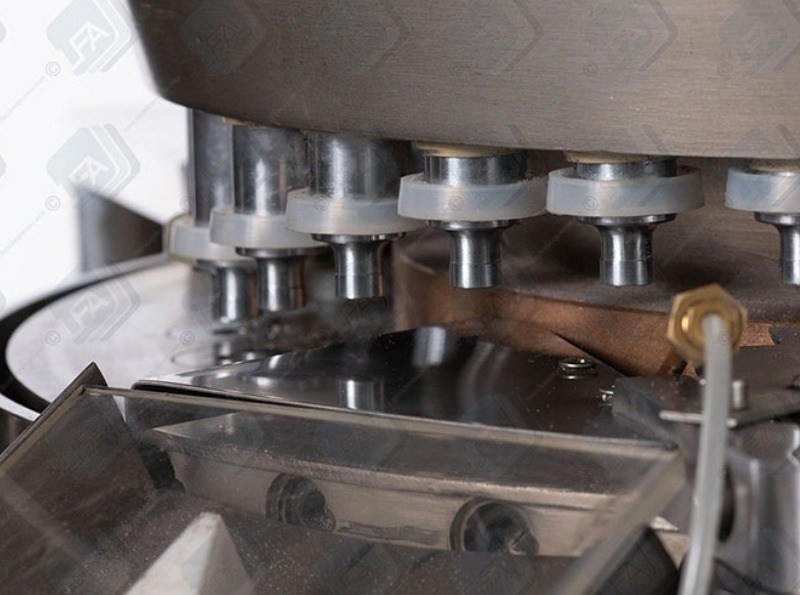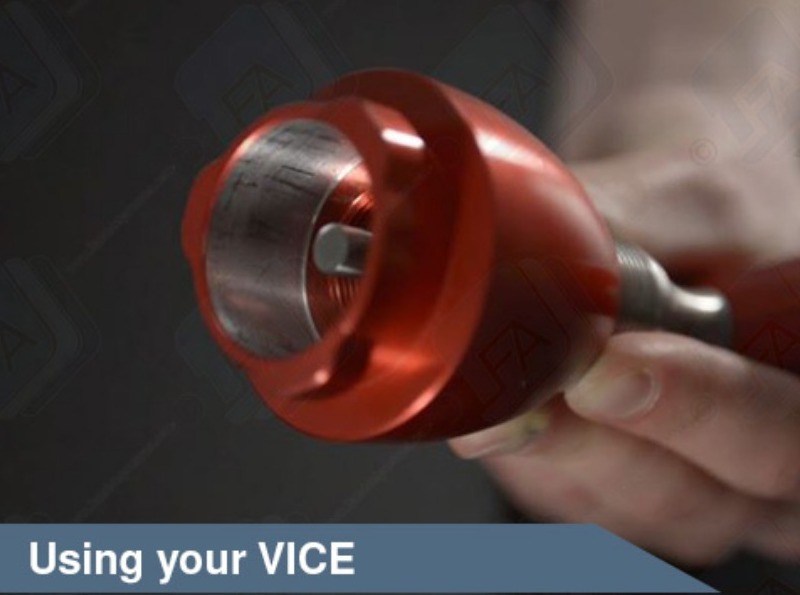Preventing Cross Contamination In Pharmaceutical Production Process
There are several ways to prevent cross contamination during the production of pharmaceutical products. The list below is a guide to help minimise cross contamination between products.
General
- Before starting, line clearance should be performed as per the standard operating procedure (SOP) of the company. Use a checklist and record that clearance has been completed.
- Check to see if any starting materials are missing, check that previous record documents are complete and there are no previous product residues or product itself remaining.
- Practice a closed system when handling the materials (i.e., do not handle more than one set of materials at a time).
- Do not process more than one product in the same area during production.
- Check that every material is free from microbial or any other form of contamination.
- Before using, remove the outer wrapping of the packaging material to help reduce contamination.
- Before filling, visually check to see if the containers are clean.
- Packing should be carried out with physical space between the packing lines.
- Ensure proper and validated production system is in place.
- Do not handle with bare hands the product or any items of equipment that will be in contact with the product.
- Process control can be done in the production area but it must be cleaned to prevent any contamination of the product.
- After production, follow the protocol for cleaning and maintenance of the equipment ensuring that the appropriate cleaning materials are used.
- Cleaning materials should have labels on them to ensure that they can be clearly identified, and are different from that of the product.
- Products that are identified for special circumstances should be reintroduced only when investigation and clearance is provided by the authorized personnel. All incidents should be recorded.
- Repair and maintenance of the equipment should not have any impact on the quality of the product.
Clothing
- Personal clothing should be of high quality. It should be appropriate and acceptable in the work area.
- Opt for linen, as this is a non-shredding type of material.
- Wear clothing that lessens or minimizes the exposure of body parts.
- Routinely wash your hands.
- It is important to wash clothes that have come in contact with sensitive products separately from other clothes.
- Clothing should not be exposed to or contaminated by cleaning agents.
- Use appropriate personnel protective equipment when applicable.
- Use dedicated protective equipment for antibiotics, beta lactum, cytotoxic, hormones and drugs that are manufactured using live microorganisms.
- Change clothing after every product change or breaks.
- Guidelines for cleaning footwear should be provided.
- Regular environmental monitoring of particle count, active air sampling and settle plate count should be carried out.
- Clothing is preferred that is able to be worn repeatedly or that can be laundered repeatedly without deteriorating.
Utilities
- Water should be appropriate for use in the manufacturing of pharmaceutical products. Regular checks should be made on the quality of any bulk supplied water (tap water)
- Chemical and microbial limits in the water should be appropriate for the intended use.
Steam
- Use a steam generator whenever possible for cleaning.
- Steam should be free of additives.
Compressed Air
- Use filtered air and ensure that the filter is regularly checked and replaced, as per SOP.
Sanitation and cleaning
- It is important to practice proper hygiene and sanitation controls in every level of the manufacturing process.
- Cleaning materials, pest control chemicals and sprays, chemical solutions and equipment lubricants should not come in contact with the product. Use suitable products to minimize the risk.
- Prevent cross contamination by carrying out regular maintenance of equipment as per the company guidelines.
- Products that contain beta lactum, hormone, cytotoxic and antibiotics should be packed in a dedicated area or at least in different area to other products.
- Active raw materials of beta lactum and similar can be transported with other active materials, the packed finished products can be transported with other non-active finished product.
- If spillage or contamination occurs, discard the whole batch.
- It is important to label containers clearly. This includes containers for raw materials, in-process and partially processed materials.
- Label any empty containers with ‘cleaned’ or ‘to be cleaned’. Also label any empty containers with what previous product was placed in the container.
- If beta lactum, cytotoxic, hormone or antibiotics are manufactured with other products in the same building it is vital to ensure that cross-contamination is prevented. Ideally this should be done by using a separate facility or dedicated machinery or equipment for the different products.
- Use air locks or air extraction when needed.








